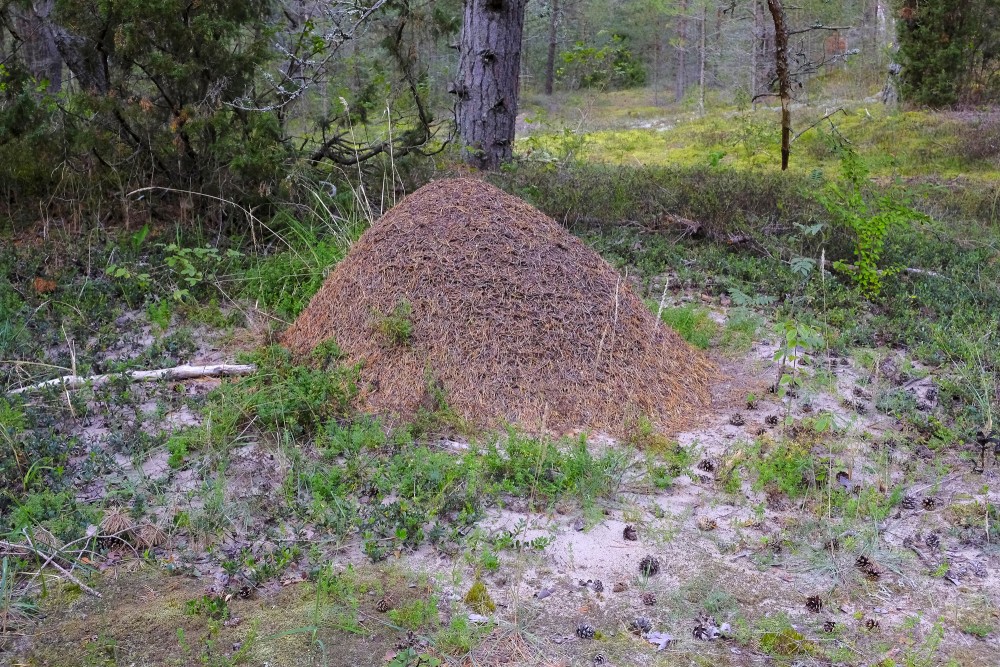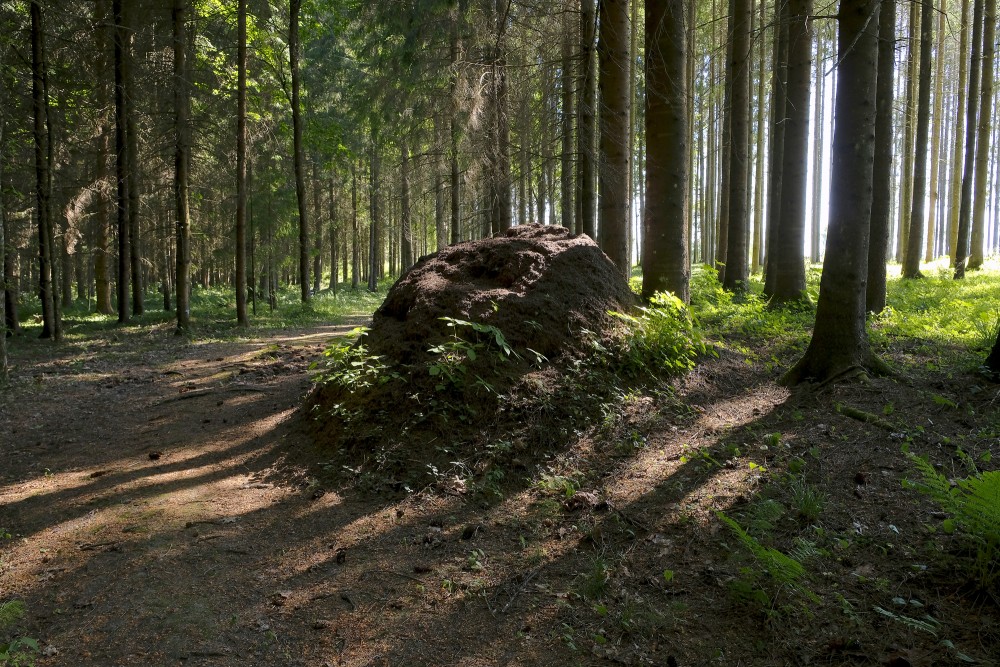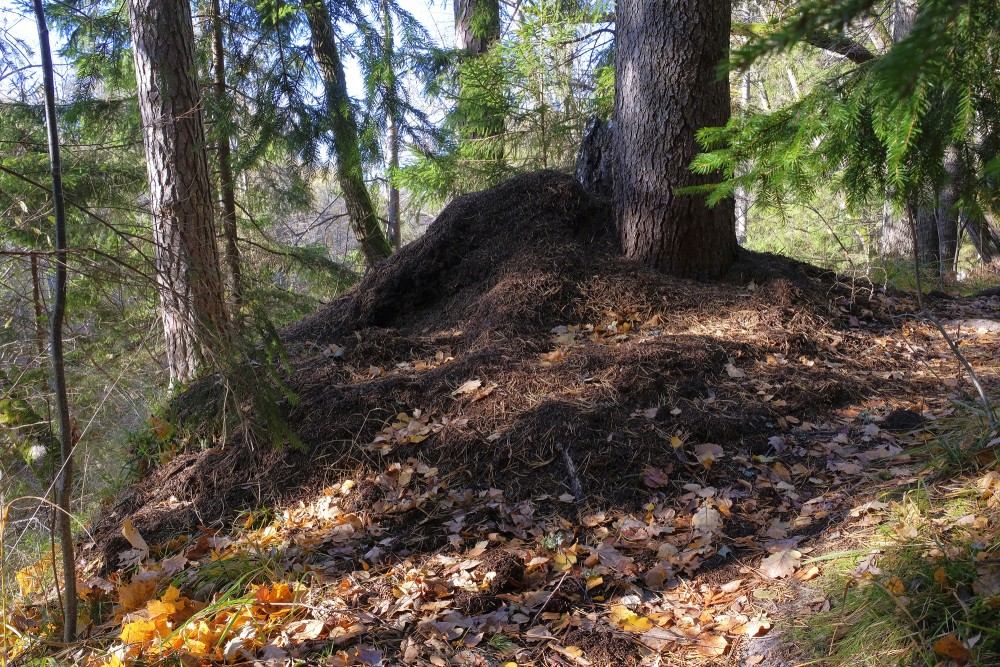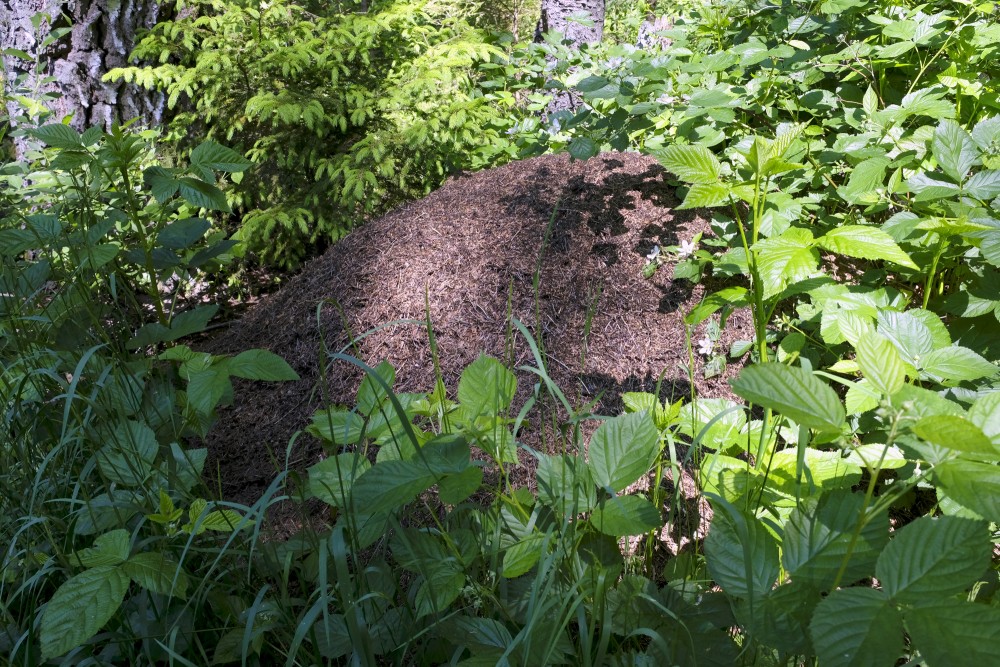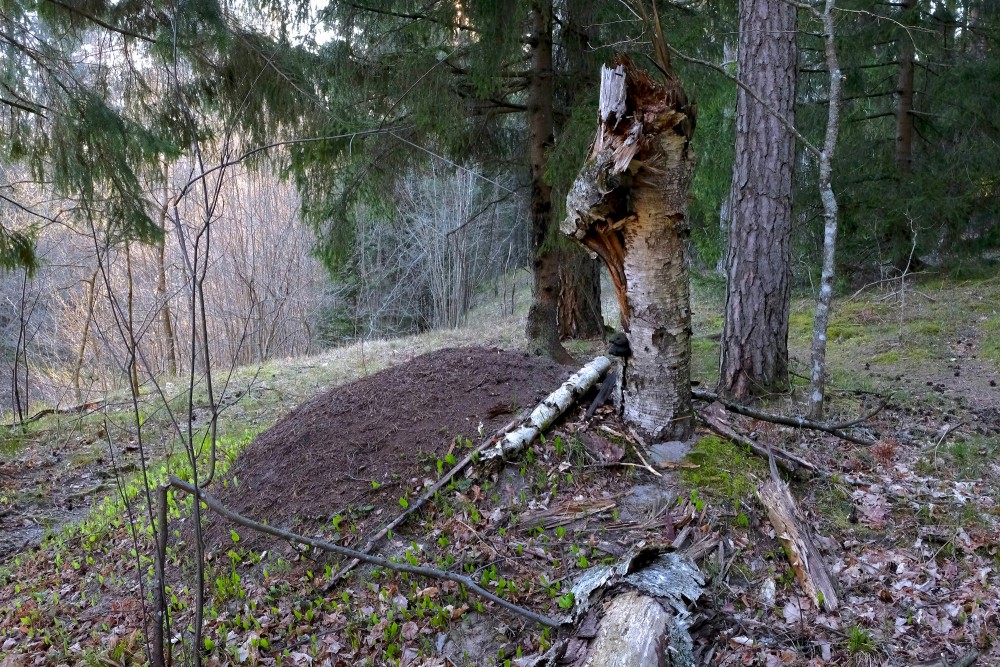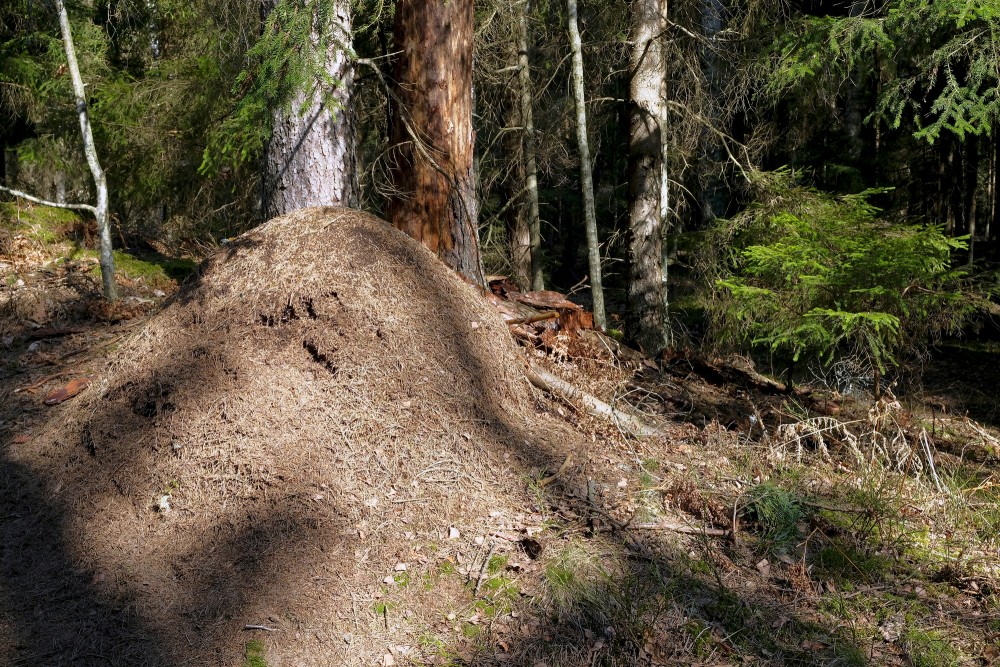Anthill
An ant colony is the basic unit around which ants organize their lifecycle. Ant colonies are eusocial, and are very much like those found in other social Hymenoptera, though the various groups of these developed sociality independently through convergent evolution. The typical colony consists of one or more egg-laying queens, numerous sterile females (workers, soldiers) and, seasonally, many winged sexual males and females. In order to establish new colonies, ants undertake flights that occur at species-characteristic times of the day. Swarms of the winged sexuals (known as alates) depart the nest in search of other nests. The males die shortly thereafter, along with most of the females. A small percentage of the females survive to initiate new nests.
Names
The term "ant colony" refers to the collections of workers, reproductive individuals, and brood that live together, cooperate, and treat one another non-aggressively. Often this comprises the genetically related progeny from a single queen, although this is not universal across ants. The name "ant farm" is commonly given to ant nests that are kept in formicarium; these formicaria are formed so scientists can study by rearing or temporarily maintaining them. Another name is "formicary", which derives from the Medieval Latin word formīcārium. The word also derives from formica. "Ant nests" are the physical spaces in which the ants live. These can be underground, in trees, under rocks, or even inside a single acorn. The name "anthill" applies to underground nests where the workers pile sand or soil outside the entrance, forming a large mound.
Colony size
Colony size (the number of individuals that make up the colony) is very important to ants: it can affect how they forage, how they defend their nests, how they mate, and even their physical appearances. Body size is often seen as the most important factor in shaping the natural history of non-colonial organisms; similarly, colony size is key in influencing how colonial organisms are collectively organized. However, colony sizes are very different in different ant species: some are just several ants living in a twig, while others are super colonies with many millions of workers. Even looking at a single ant colony, seasonal variation can be huge. For example, in the ant Dolichoderus mariae, one colony can shift from around 300 workers in the summer to over 2,000 workers per queen in the winter. Genetics and environmental factors can cause the variation among colonies of a particular species to be even bigger. Zooming out further, within a related group of different ant species, the differences can be enormous: Formica yessensis has colony sizes that are reported to be 306 million workers while Formica fusca colonies sometimes comprise only 500 workers.
Supercolonies
A supercolony occurs when many ant colonies over a large area unite. They still continue to recognize genetic differences in order to mate, but the different colonies within the super colony avoid aggression. Until 2000, the largest known ant supercolony was on the Ishikari coast of Hokkaidō, Japan. The colony was estimated to contain 306 million worker ants and one million queen ants living in 45,000 nests interconnected by underground passages over an area of 2.7 km2 (670 acres). In 2000, an enormous supercolony of Argentine ants was found in Southern Europe (report published in 2002). Of 33 ant populations tested along the 6,004-kilometre (3,731 mi) stretch along the Mediterranean and Atlantic coasts in Southern Europe, 30 belonged to one supercolony with estimated millions of nests and billions of workers, interspersed with three populations of another supercolony. The researchers claim that this case of unicoloniality cannot be explained by loss of their genetic diversity due to the genetic bottleneck of the imported ants. In 2009, it was demonstrated that the largest Japanese, Californian and European Argentine ant supercolonies were in fact part of a single global "megacolony". This intercontinental megacolony represents the most populous recorded animal society on earth, other than humans.
Another supercolony, measuring approximately 100 km (62 mi) wide, was found beneath Melbourne, Australia in 2004.
en.wikipedia.org
